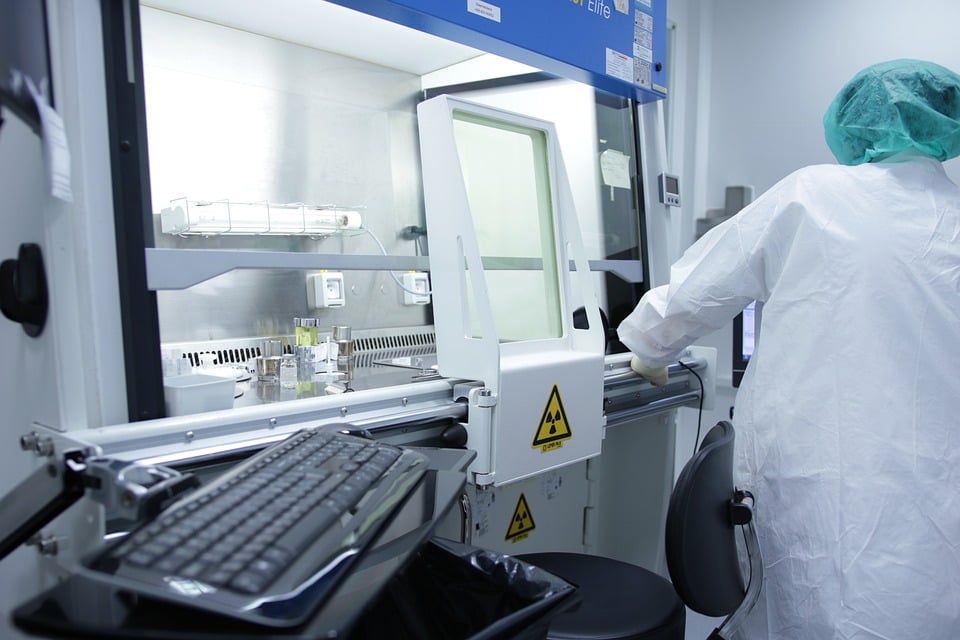DETROIT — Wayne State University postdoctoral research fellows Patrick Monaghan, Ph.D., and Michael VanNostrand, Ph.D., along with Nora E. Fritz, Ph.D., PT, DPT, NCS, director of the Neuroimaging and Neurorehabilitation Lab and associate professor of physical therapy in the Department of Health Care Sciences in WSU’s Eugene Applebaum College of Pharmacy and Health Sciences, recently published a study on mobility assessments in the journal, Multiple Sclerosis and Related Disorders.
The study, “Backwards walking speed reserve in persons with multiple sclerosis,” focused on developing a new methodology — called the backward walking speed reserve — to measure the capacity of individuals to increase their walking speed on demand in the backward direction. This assessment may improve clinical screening for mobility impairments, fall risk and cognitive decline in individuals with multiple sclerosis.
“We found that the backward walking speed reserve is linked to disease severity,” said Monaghan. “Individuals more affected by multiple sclerosis had a reduced ability to modulate their backward walking speed. This measure also correlated with other common clinical mobility assessments. Additionally, a reduced ability to increase backward speed on demand was associated with lower cognitive functioning, including decreased information processing speed and attention, suggesting its potential use in screening for cognitive decline, which is also prevalent in multiple sclerosis.”
The team’s research is focused on better understanding mobility and cognitive decline in multiple sclerosis by examining the neural and cognitive underpinnings of mobility impairments. They hope to develop sensitive clinical measures, such as the backward walking speed reserve, to advance understanding and treatment.
“One of the unique and novel aspects of this paper was that it provided new insights in finding more sensitive outcomes and measures for screening function mobility in people with multiple sclerosis,” said Monaghan. “We came up with a new assessment during backwards walking, reflecting speed modulation. The hope is that this could be a sensitive metric to measure how people can handle their mobility options and detect those who are at risk of falls and mobility impairments. It’s being more proactive than reactive to these potential issues.”
“This project is a great example of the important work our postdoctoral scholars and faculty are doing together to initiate innovative ways to improve the lives of others,” said Ezemenari Obasi, Ph.D., vice president for research at Wayne State University. “This is not only cutting-edge research, but work that will have an impact on communities and community health in the future.”
“Investigating markers of fall risk and cognitive decline that can be easily implemented into clinical practice are key for detecting and preventing falls before they happen,” said Fritz. “I am extremely proud of the ongoing work of Dr.’s Monaghan and VanNostrand. They are truly poised to become the next generation of multiple sclerosis rehabilitation researchers.”
This study was supported by the National Multiple Sclerosis Society through a Mentor-Based Postdoctoral Fellowship in Rehabilitation Research award (MB-2017-38295). This work was also supported by the Eunice Kennedy Shriver National Institute of Child Health and Human Development of the National Institutes of Health (R21HD106133) and a pilot grant from the Consortium of Multiple Sclerosis Centers.

